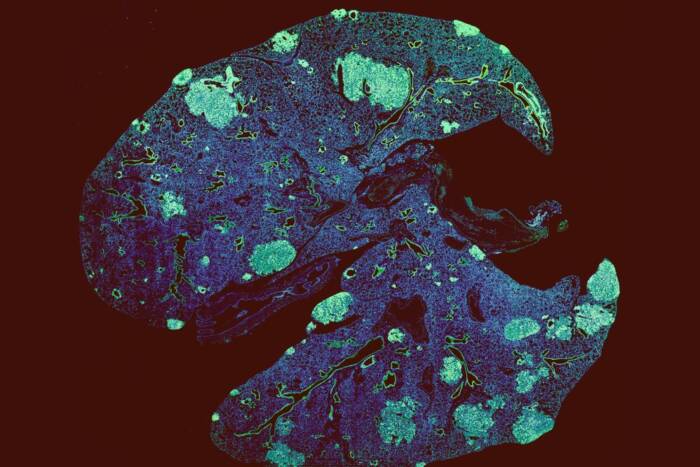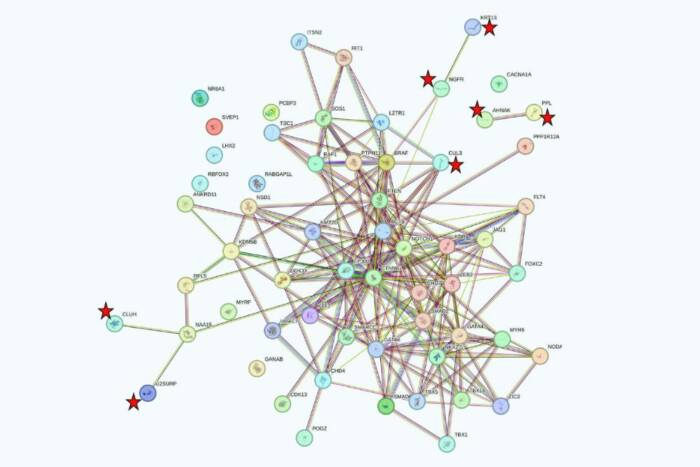In brief: A closer look at why some drugs cause arrhythmia
The heart beat is controlled by so-called pacemaker cells, which carry on their surfaces molecular channels that allow ions to move in and out, generating electrical pulses. One such channel, dubbed hERG, helps keep the beat by allowing positively charged potassium to travel out and so turning off each pulse. A long list of drugs—including antibiotics, malaria medications, and antipsychotics—can inadvertently interfere with this channel and cause arrhythmia, sometimes with fatal consequences.
Roderick MacKinnon, the John D. Rockefeller Jr. Professor, and Weiwei Wang, a postdoc in MacKinnon’s lab, have determined the detailed molecular structure of hERG and discovered features that may explain why it’s vulnerable to a wide array of compounds. Their cryo-EM analysis reveals pockets that extend from the channel’s central cavity, creating spaces that partially accommodate drug molecules.
Meanwhile, the cavity’s small size and concentrated negative charge likely attracts many of these positively charged molecules, the researchers conclude in Cell.



